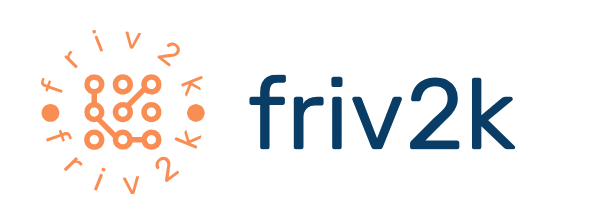
Coding Fun Unleashed: Hands-On Kids Programming
In the realm of education, Hands-On Kids Programming has emerged as a dynamic and effective approach to teaching children the fundamentals of coding. This method goes beyond theoretical concepts, immersing young learners in practical, hands-on experiences that make the coding journey exciting and engaging.
A Tangible Approach to Learning: Hands-On Experience
Hands-On Kids Programming prioritizes a tangible approach to learning by providing hands-on experiences. Instead of solely focusing on theory, children actively engage with coding through practical projects, turning abstract concepts into concrete creations. This hands-on experience is invaluable for deepening understanding and retention.
Coding as a Creative Tool: Unleashing Imagination
One of the key aspects of Hands-On Kids Programming is the recognition of coding as a creative tool. By incorporating creative projects and challenges, this approach encourages children to unleash their imagination and use code as a means of self-expression. Whether designing games, animations, or interactive stories, coding becomes a canvas for creativity.
Interactive Learning Environments: Making Coding Fun
Hands-On Kids Programming thrives in interactive learning environments. These environments are designed to make coding fun and enjoyable. Through interactive exercises, coding games, and challenges, children are not only learning to code but also having a great time doing so. This playful approach fosters a positive attitude toward learning.
Real-World Applications: Bridging Theory and Practice
An essential aspect of Hands-On Kids Programming is the integration of real-world applications. Children see the practical relevance of coding by working on projects that simulate real-world scenarios. Whether creating a website, developing a simple app, or coding a digital animation, they witness how coding can be applied in various contexts.
Gamified Coding Challenges: Adding an Element of Play
Gamification is seamlessly integrated into Hands-On Kids Programming through coding challenges. By adding game-like elements such as levels, rewards, and achievements, the learning process becomes more engaging and motivating. This gamified approach turns coding into an exciting adventure, with children eager to progress to the next level.
Parental Involvement: Fostering a Supportive Learning Environment
Hands-On Kids Programming recognizes the importance of parental involvement in the learning process. Parents can play a crucial role in fostering a supportive learning environment. Whether through guiding, encouraging, or participating in coding activities, parental involvement strengthens the educational journey and creates a positive association with coding.
Educational Platforms: A Hub for Hands-On Learning
Hands-On Kids Programming thrives on dedicated educational platforms. The Hands-On Kids Programming platform is an exemplary space where children can immerse themselves in hands-on coding experiences. This platform combines education with entertainment, making coding accessible and enjoyable for young learners.
Building Confidence Through Achievement: Immediate Feedback
One distinctive feature of Hands-On Kids Programming is the incorporation of immediate feedback. Children receive instant feedback on their coding exercises, reinforcing positive learning experiences. This immediate feedback loop not only corrects mistakes promptly but also builds confidence as children see the tangible results of their coding efforts.
Empowering Future Innovators: A Lifelong Skillset
In conclusion, Hands-On Kids Programming is not just about teaching children to code; it’s about empowering future innovators with a lifelong skillset. By emphasizing hands-on experiences, creativity, interactive learning, and real-world applications, this approach sets the stage for children to not only excel in coding but also to become confident, creative thinkers ready to tackle the challenges of tomorrow.


